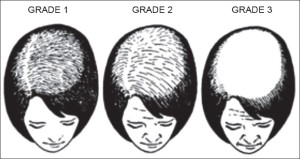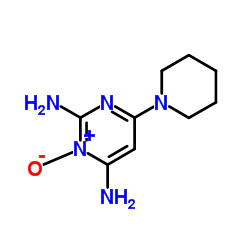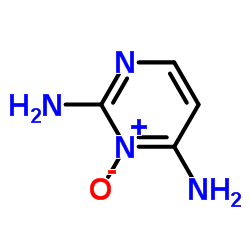Every now and then someone asks me this question: Is the Brazilian Keratin Treatment (BKT) safe?
What is Brazilian Keratin Treatment?
The Brazilian Keratin Treatment has been been a hot topic for several years now. The concept behind it is however not new. Brazilian Keratin Treatment is based off of a now defunct method of permanent press technology used in the ’70s to create wrinkle free clothing. It involved the use of formaldehyde which was found to keep textiles straight for quite extended periods. The problem was that the amount of formaldehyde used resulted in high amounts of formaldehyde being released over time from the clothing and people were not comfortable with that. Newer agents have been used since.
Fast forward several decades later, Brazilians considered using the same method to keep hair straighter for longer. The result was a new straightening method that used formaldehyde to essentially stun the hair straight.
Mechanism of Action
Unlike chemical relaxers and permanent waves, the formaldehyde does not break the disulphide bonds which are the backbone of the hair fibre. Instead, it forms reversible cross-links with the side chains of the keratin protein of hair. These bonds are stable for 3-4 months. This is what keeps the hair in the new formation, NOT the keratin amino acids in the product as claimed by most companies. The added keratin is just for conditioning purposes. Most products use about 2%-5% of formaldehyde in their products.
Method of Application
- The hair has to be free of all product. A stripping, chelating, and clarifying shampoo is used to wash the hair.
- The hair is then towel dried and the product is sprayed in after which the hair is blow dried straight.
- The hair is then flatironed straight.
- The product is left in for at least 2 hours. The original products required a 72 hour wait period with explicit instructions to not get the hair bent or kinked in any way.
- After the marination period has passed, the hair is then washed again with a salt and sulphate free shampoo which would not strip the product out. The hair is then blown straight and flatironed.
- The client goes home with maintenance products that will help to prolong the style.
The end result is hair that stays straight for up to 3- 4 months. However, there are numerous problems with the method of straightening:
- A lot of companies were not declaring the correct percentage of formaldehyde in their products exposing both cosmetologists and clients to higher than what is accepted in most products. The FDA sent out warnings about this.
- Cosmetologists were developing respiratory problems and other concerning growths in their nose and respiratory system due to the release of high amounts of formaldehyde when flatironing the hair. This occurred especially in places where there was poor ventilation thus exposing the stylist to a lot of formaldehyde on a daily basis.
- Companies would state that they were using formaldehyde free products when all they simply did was switch from formaldehyde to glutaraldehyde or other ingredients that form formaldehyde when broken down. Higher amounts of these ingredients are used to get the same effect as formaldehyde has the best efficacy.
- In the hands of poor stylists, great damage could occur due to the high heat used to flatiron the hair, and how many passes of the flatiron it would take to straighten the hair.
So is it safe?
For the consumer, it is relatively safe because the amount of formaldehyde that is released from the hair on a daily basis at home is not significantly higher than what you would normally be exposed to anyway. Just a side note: Formaldehyde is present in surprising places, like food, and in furniture and building material. It naturally occurs in several foods that we eat, see a list of those here: http://www.cfs.gov.hk/english/whatsnew/whatsnew_fa/files/formaldehyde.pdf. Also read what the CDC says about formaldehyde in our regular environment: http://www.cdc.gov/nceh/drywall/docs/whatyoushouldknowaboutformaldehyde.pdf
For the stylist who has to do several clients a day, that is where the problem lies. The stylist would have to ensure that the product she/he uses is safe for use as well as make sure that she/he wears a mask when applying the product and the procedure should be done in a well ventilated room. See the FDA’s advice: http://www.fda.gov/Cosmetics/ProductsIngredients/Products/ucm228898.htm
Read what the American Occupational and Safety & Health Administration have to say about it:
https://www.osha.gov/SLTC/hairsalons/




